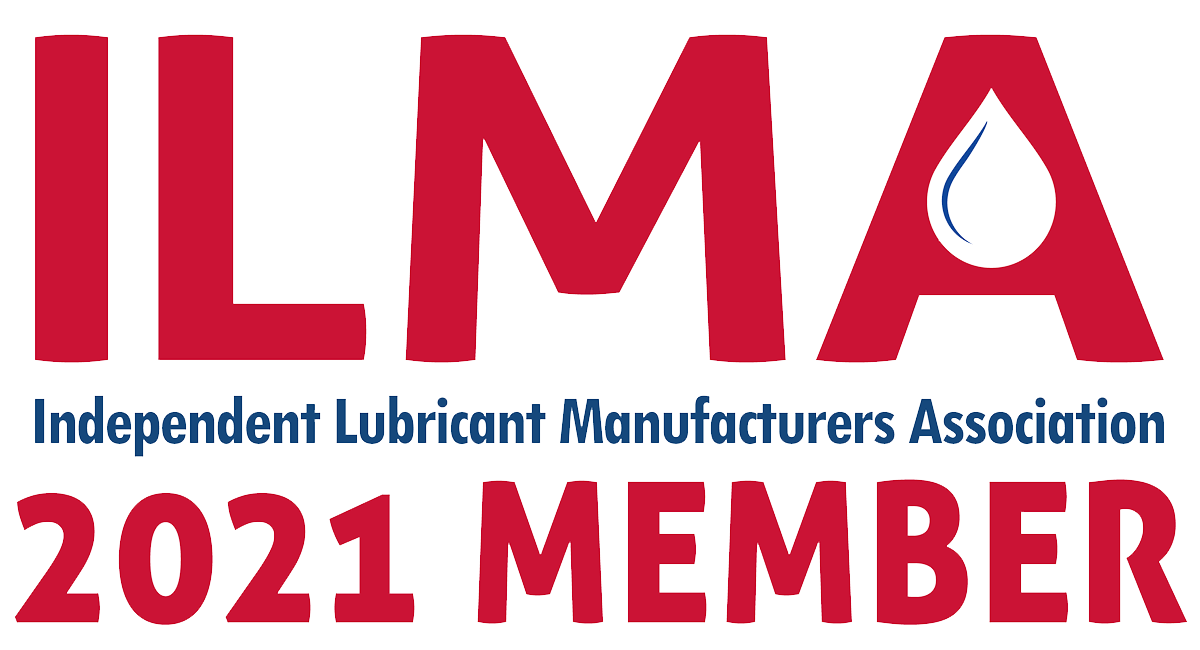Summer is here and that means its time for the biggest, busiest driving season of the year.
As school lets out and work slows down, many Americans families take to the roads for everything from beach weekends to cross country trips. It isn’t just families taking to the roads more often. Commercial and industrial vehicles are also being driven more. This, coupled with the rising temperatures, leads to a lot of extra wear and tear on vehicles. That is why it’s important to ensure your vehicles are prepared.
“When preparing your vehicle for the summer, it’s important to think about how you will be utilizing the vehicle,” Jeff Cox, President of the Automotive Maintenance Repair Association (AMRA), said. “Are you going to take any road trips? If so, you will want to make sure components like your tires, battery and air conditioning are in good shape. Many local repair facilities perform comprehensive inspections and I highly recommend having one done prior to any road trip.”
Read More: Controlling Fleet Costs Starts with Minimizing Repairs
While the impact of cold weather on motor vehicles is well documented, summer heat can be just as dangerous as winter chills. Most drivers would correctly assume cooling systems are heavily strained in hot weather, but few consider its impact on other components, like batteries.
“Hot weather can put a strain on your vehicle and one particular item is the battery,” Cox said. “Most people think of a cold winter day when their battery fails but it’s the heat that destroys the battery. The vehicle’s cooling system will be strained on hot summer days. Ensuring the cooling system is not leaking and filled with the correct type of coolant is a great way to ensure your vehicle doesn’t overheat. If you do notice a leak, take it to your local repair shop for a diagnosis.”
Maintenance is key in keeping vehicles running and there are steps owners can take to reduce breakdowns. While some maintenance can be taken care of at home, other tasks are better left in the hands of professionals.
“Owners who want to be proactive can check some items like tires and fluids on their own,” Cox said. “There are some item’s where it is best to leave to professionals. Having the battery tested or the A/C services should be left to someone how is certified to work on those systems especially with the complexity of today’s vehicles.”
The summer is also a busy season for auto shops and repair facilities. This can lead to additional business and serve as a great opportunity to attract new customers. However, owners must ensure they are ready to provide the best service they can.
“For shop owners, it’s important to be prepared for those first hot days,” Cox said. “Your customers are counting on you to get them where they want to go so ensuring your equipment is working properly and your staff is trained on the various system will help you move through the increased car count efficiently.”
The summer is always a busy season for driving, so planning ahead is critical. Preparation will go a long way in helping vehicle owners avoid breakdowns and auto shop owners better serve their customers.
“People who plan will be ahead of the rest,” Cox said. “If you are taking a summer road trip and want to have your vehicle inspected, don’t wait until a few days before you have it done so if your vehicle does need a repair prior, it can be accomplished prior to the trip.”






